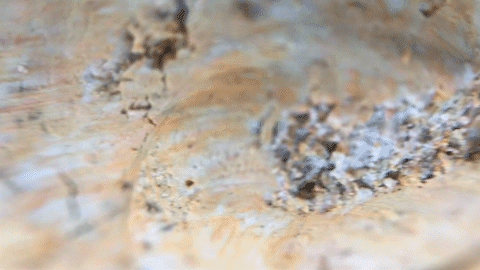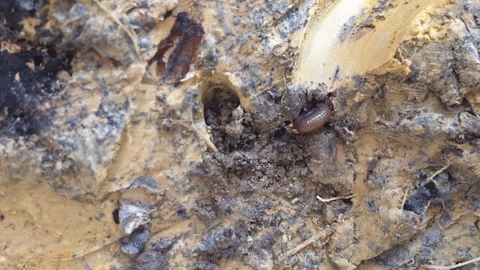clay
non-human kin
non-human educator
the vowel of the mountains
evidence of time
the memory of the earth
clay’s molecules have sheets and look like books,
between those structures
clay holds water molecules
and its plasticity comes from that.
I love the parallel between clay molecules and books
and them being holders of memory.
clay vessels are memory keepers too
what is clay?
who is clay?
clay is a fundamental part of life.
it constitutes the topsoil that sustains plants to feed the rest of us.
I am astonished by the fact that worms digest it and make it organic matter for plants to live in.
clay is a result of weathering, the constancy of water.
clay is organic matter
and some people even say that we are made of it.






What is clay:
Clay is weathered and eroded granite and igneous other rocks with a similar chemical composition like basalt.
Igneus or volcanic rocks were formed from cooled magma. They are material migration from the centre of the Earth.
Clay is washed and settled magma and rock.
Clay is a material effect of the constancy of water and gravity over rocks.
Washed mountains.
The Earth’s guts.
Clay is the result of material migration through pressure and water.
Clay molecules are composed of alumina, silica and chemically bonded water. It is similar to the granites and other igneous rocks composed of feldspars (rich in silica and alumina).
In nature, clay is rarely found in a pure composition. It is mixed with quartz (crystallized silica or sand) and other minerals like mica, iron etc.
I like to connect the chemistry of clay with the widely transmitted idea of clay being a material with memory. It guards the Earth’s memory and also water. It has also protected human memory, handprints, drawings, and words. It is a measure of time, a storyteller, so I love the comparison of its molecules with books.
If you look at it in the microscope, the clay molecules are hexagonal sized platelets bonded to each other.
They are formed by layers, like sheets of paper. Each of these molecules is like a book, and between the pages, they absorb water.
Water absorption expands them, allowing them to slide easily between one and the other, giving clay its plasticity.
Plasticity results from the size of the platelets and the strength by which they are attracted to each other. The smaller the size of these platelets, the more plastic the clay is. The stronger the bond between them, the less plastic a lump of clay is.
Caolin: strongly bonded to each other and big platelets
Bentonite: very plastic- weak bonds and small sizes
Some clays are called stonewares: and this means that when you submit them to high temperatures in the ceramic kilns, potters recreate the million-year geological processes of rock formation through the control of pressure and temperature and bringing plastic clay back to stone.
There is something volcanic in the energy of the ceramic firings.